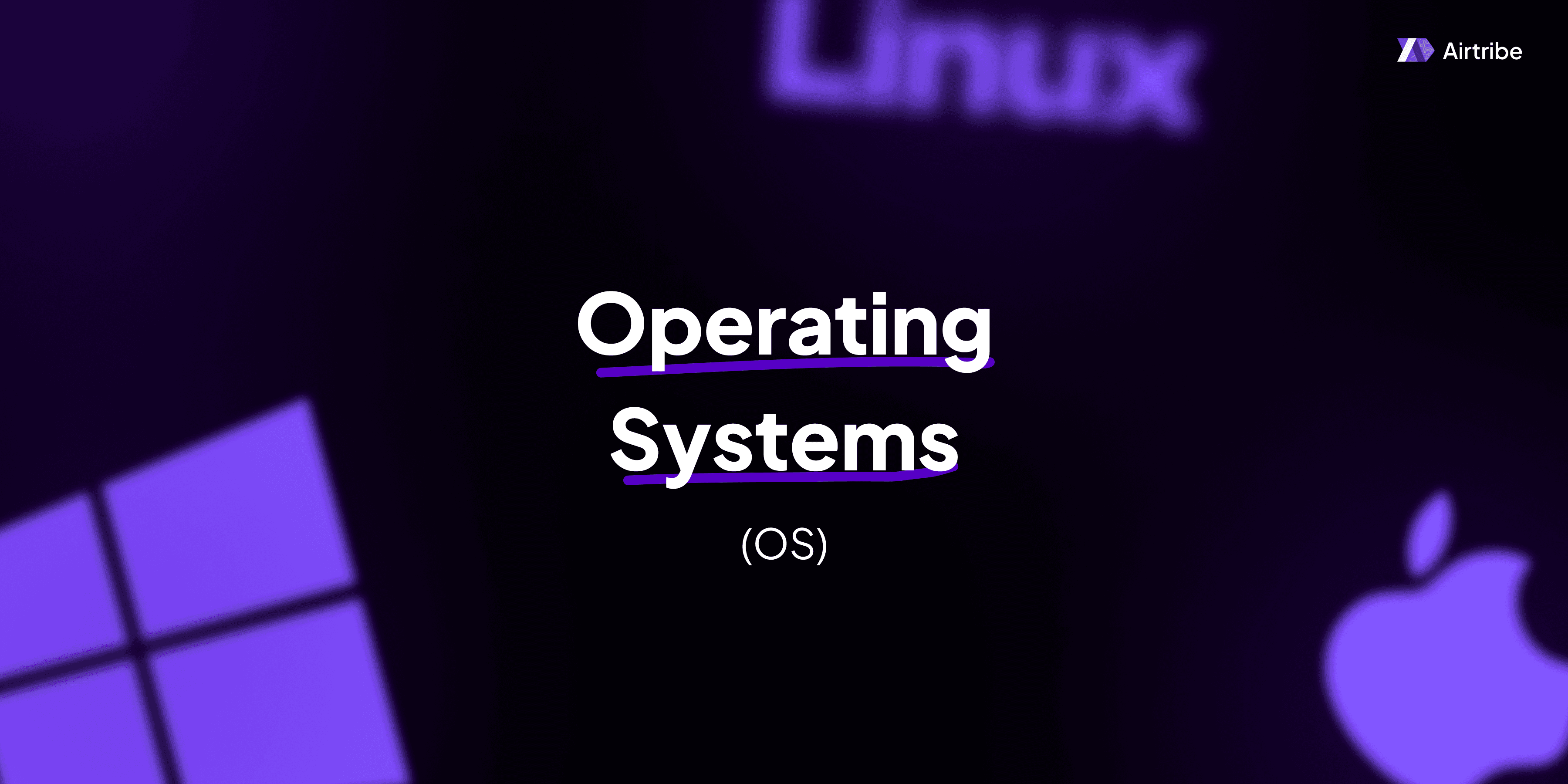Kernel and user modes

Understanding Kernel and User Modes
Operating systems are fundamental to the functioning of a computer, serving as the intermediaries between hardware and users. One crucial concept within operating systems is the notion of "modes"—specifically, kernel mode and user mode. These modes are vital in ensuring the security, efficiency, and stability of OS operations. This article will delve into the core concepts of kernel and user modes, their implications, and how they manifest in practical applications.
Core Concepts and Theory
The operating system modes, kernel and user mode, are essential for maintaining a clear boundary between the critical and non-critical operations of a computer system. This separation helps to protect system resources and maintain stability.
Kernel Mode
Kernel mode, also known as privileged mode or supervisor mode, is a highly privileged mode where the operating system has complete control over the system. When a system operates in kernel mode, it directly interacts with hardware and can execute any operation it deems necessary. This includes managing memory, handling interrupts, and executing critical system tasks.
- Access and Execution: Code executing in kernel mode can access all memory and execute any instruction. This level of control is necessary for system tasks such as device management and file system operations.
- Security Concerns: Due to its powerful nature, any errors or malicious code in kernel mode can potentially crash the entire system or lead to security vulnerabilities.
User Mode
User mode, in contrast, is a restricted execution mode designed for running application software. In this mode, applications cannot directly access hardware or memory reserved for the OS.
- Limited Access: User mode provides an additional security layer by limiting the ability of applications to perform potentially harmful operations. If an application tries to perform an unauthorized operation, the system will generate an error or trap.
- System Calls: To perform actions that require higher privileges, applications must use system calls. These calls request services from the operating system, which then determines if the requested operation is permissible.
Practical Applications
The separation of kernel and user modes has several practical implications and applications:
- System Stability: By isolating user applications from direct hardware manipulation, system stability is improved as common errors cannot affect the kernel's operations.
- Security: Malicious software is constrained in user mode, unable to directly alter critical system functions or compromise system security.
- Performance: The dual-mode operation allows for efficient management of resources, as the kernel mode can quickly respond to hardware interrupts and manage processes.
Code Implementation and Demonstrations
Let's illustrate how system calls work, which act as bridges between user mode and kernel mode. Consider the simple example of a read system call in a Unix-based system:
#include <unistd.h>
#include <sys/types.h>
#include <sys/stat.h>
#include <fcntl.h>
#include <stdio.h>
int main() {
int fd;
char buffer[100];
// Open file descriptor
fd = open("example.txt", O_RDONLY);
if (fd == -1) {
perror("Error opening file");
return 1;
}
// Read from file
ssize_t bytesRead = read(fd, buffer, sizeof(buffer) - 1);
if (bytesRead == -1) {
perror("Error reading file");
return 1;
}
// Null terminate the string
buffer[bytesRead] = '\0';
printf("Data read: %s\n", buffer);
// Close file descriptor
close(fd);
return 0;
}
In this example, the read function requires the system to switch from user mode to kernel mode to access the file system and retrieve the data. This switch ensures that the system performs the operation safely and efficiently.
Comparison and Analysis
| Feature | Kernel Mode | User Mode |
|---|---|---|
| Privileges | Complete access to system resources | Restricted access to ensure security |
| Security Risks | High, if exploited | Low, limited by OS boundaries |
| Execution Scope | Can run any instruction | Limited to non-critical operations |
| Error Impact | System-wide impact | Limited to individual application |
The fundamental difference between these modes justifies their coexistence. Kernel mode offers necessary control, while user mode delivers essential security and stability.
Additional Resources and References
Books:
- "Operating System Concepts" by Abraham Silberschatz and Peter B. Galvin
- "Modern Operating Systems" by Andrew S. Tanenbaum
Online Resources:
These resources provide further insights into operating systems' design, functioning, and best practices, including more comprehensive explorations of kernel and user modes. They are valuable for both beginners looking to understand the basics and experts seeking to deepen their knowledge.


